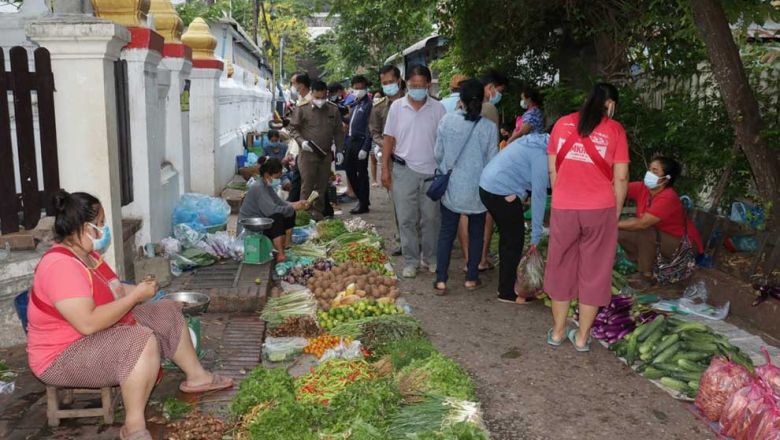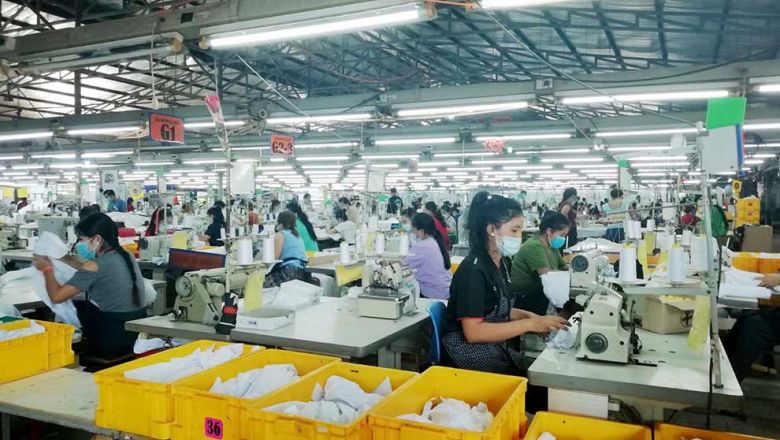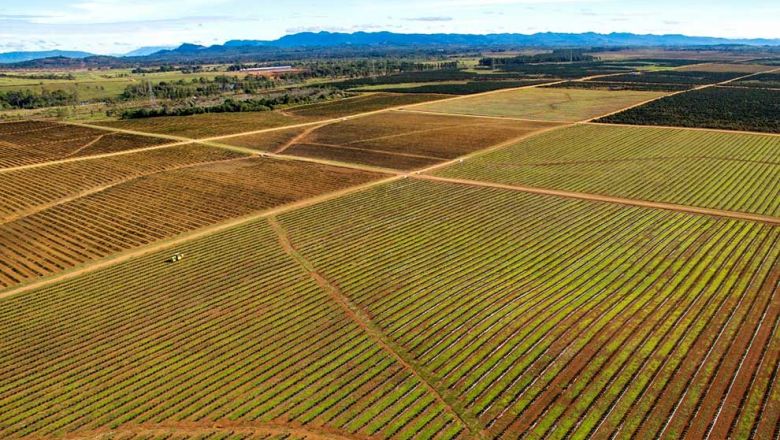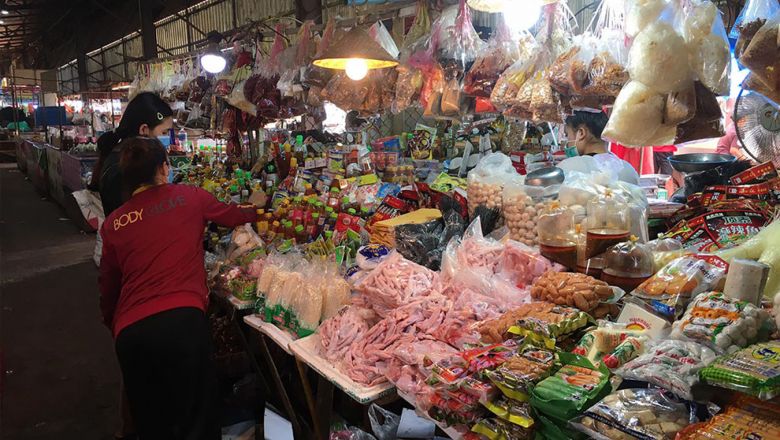Asean, East Asia exchange views on regional economics
Asean, East Asia exchange views on regional economics
The ministers and delegates from Asean and participating countries noted the combined GDP of East Asia Summit (EAS) stood at US$41.67 trillion last year, a slight decline from US$42.02 trillion in 2014.
Asean's total trade with the other eight EAS countries amounted to US$1.05 trillion in 2015 compared to US$1.11 trillion in 2014, according to a joint media statement released at the 4th East Asia Summit (EAS) Economic Ministers Meeting on Friday in Vientiane.
Economic ministers from Asean, Australia, China, India, Japan, Republic of Korea, New Zealand, the Russian Federation and the United States met at the meeting, chaired by Mrs Khemmani Pholsena, Industry and Commerce Minister of Laos.
Asean's trade with the other EAS countries accounted for 46.3 percent of Asean‘s total trade, the statement noted.
Foreign Direct Investment (FDI) flows from the other EAS countries was recorded at US$52.1 billion in 2015, representing 43.4 percent of Asean's total FDI inflows.
On trade and investment relations as well as global economic developments, the ministers noted that downside risks remained.
Global economic growth is projected to moderate at 3.1 percent in 2016 before picking up to 3.4 percent in 2017.
Growth in advanced economies is expected to expand to 1.8 percent in 2016 while in the emerging and developing countries, growth prospects are forecast to reach 4.1 percent in 2016 from 4.0 percent in 2015 on grounds of continued moderation in China, robust growth in India and the rest of emerging Asia.
The ministers also noted that slower-than-expected recovery of the advanced economies, combined with tighter global financial conditions, might pose adverse challenges to regional growth.
They noted the outcome of the UK's EU Referendum adds to the uncertainty in the global economy, and underscored the role of open trade policies and a strong and secure global trading system in promoting inclusive global economic growth.
They reaffirmed their efforts to enhance regional economic integration in the East Asia region and noted the signing of the Trans-Pacific Partnership Agreement and continued progress in negotiations towards the Regional Comprehensive Economic Partnership (RCEP) Agreement.
They welcomed the outcomes of the Tenth-WTO Ministerial Conference in Kenya, December 2015 and the adoption of the “Nairobi Ministerial Declaration”, including ministerial decisions on agriculture, cotton, and issues related to least-developed countries.
The ministers highlighted that the “Nairobi Package” is one of the most significant outcomes on agriculture reached by WTO members, which will bring great benefits to all WTO members.
They noted the importance of interaction between ERIA (Economic Research Institute for Asean and East Asia) and the policy makers of EAS countries and, to this end, welcomed the convening of the Roundtable Discussion between EAS Senior Economic Officials and ERlA Researchers, which was held last month. They were also pleased to note the updates on ERIA's on-going and future research activities, including studies on Non-Tariff Measures (NTM) and Good Regulatory Practices (GRP).
They welcomed the report of the 9th ERIA Governing Board Meeting held in June, and noted the governing board had endorsed the renewed commitments of ERIA to the East Asia Region as described in its medium term work plan, which includes establishing a policy design department, setting up formal bridging mechanisms to enhance interactions with policy makers in the region, and various measures to further enhance ERlA's research and capacity building.
They also encouraged ERIA to develop possible next steps drawing upon the outcomes of their research activities and thanked ERIA for its continuous support and looked forward to its continued contribution to the region's integration efforts. The ministers also encouraged EAS participating countries to continue extending their support to ERIA.


















